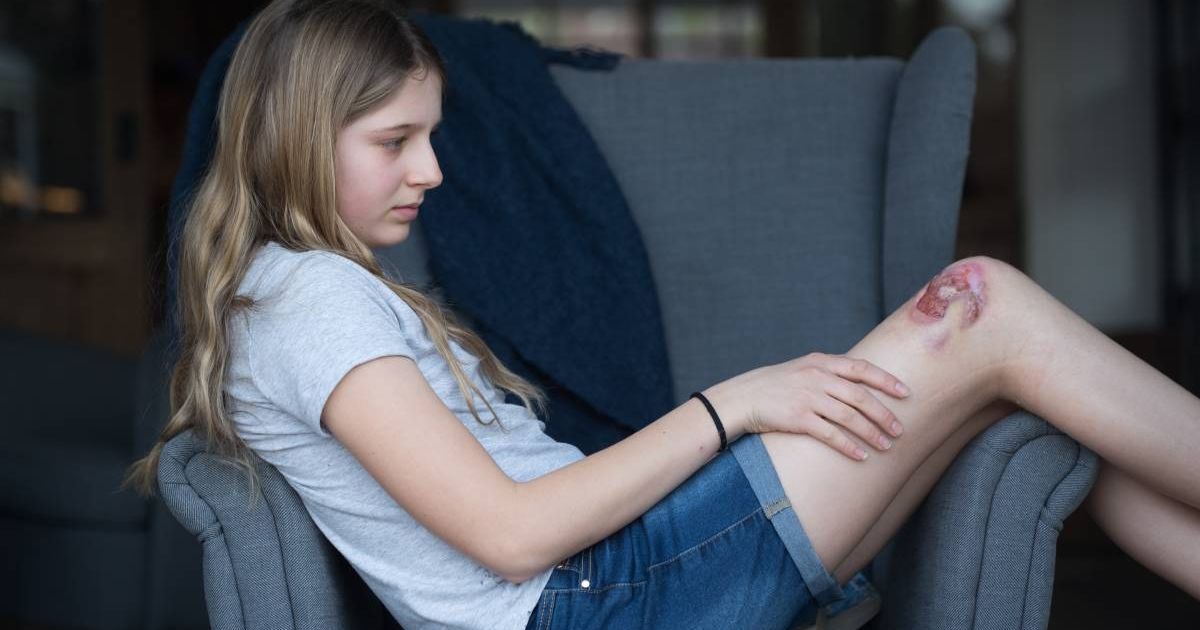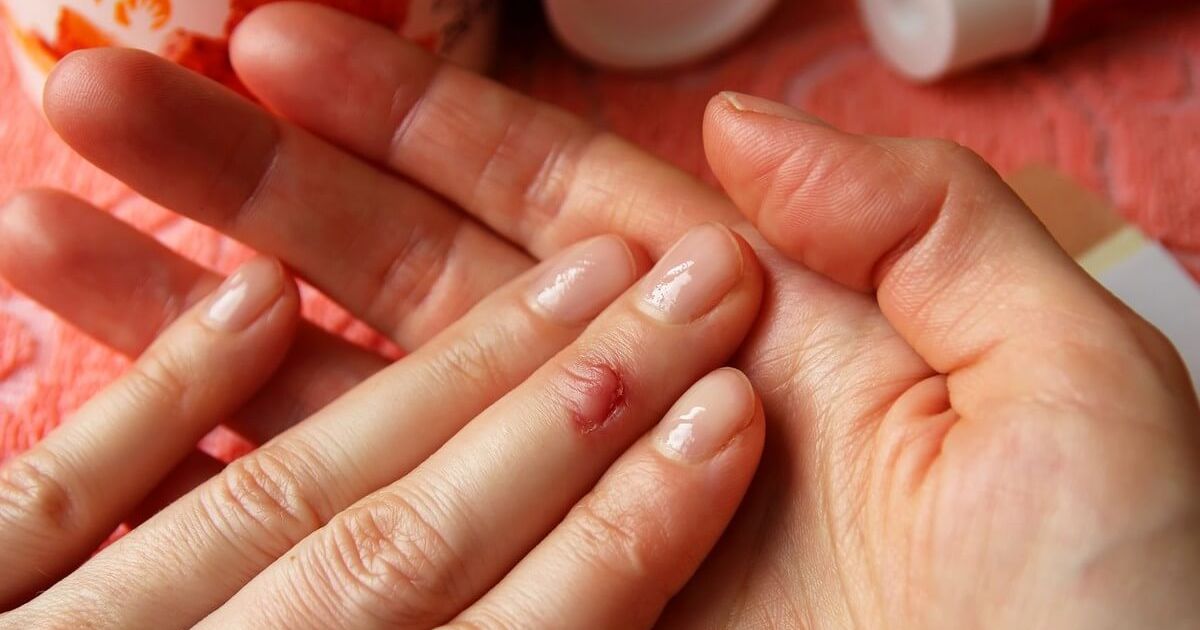What Is Buruli Ulcer?
A chronic debilitating disease, Buruli ulcer primarily affects the skin, but in severe cases, it can also spread to the bone. The condition is caused by an organism belonging to the same family of bacteria that causes leprosy and tuberculosis and is mainly found in countries in Africa, the Americas, Asia, and the Western Pacific. Presently, early diagnosis and aggressive treatment are essential for reducing morbidity and preventing long-term disability. So understanding a basic definition of what is it as well as signs and symptoms of the condition is crucial.
What Is It?

Buruli ulcer, caused by Mycobacterium ulcerans, is a rare, exotic bacterial infection of the skin and soft tissue. While the full extent of the disease is unknown because only thirteen of the thirty-three affected countries regularly report data to the World Health Organization (WHO), there are an estimated five to six thousand cases every year.
Mycobacterium ulcerans produces a toxin known as mycolactone at the ulcer site. This toxin infects and destroys the skin and other soft tissues, forming large ulcers typically on the legs or arms. Individuals who are not treated early enough can end up dealing with long-term disability. Early identification and treatment are the only preventive measures for morbidity and disability.
Signs And Symptoms

The condition typically begins as a painless swelling on one of the limbs, which is known as a nodule. Alternatively, the condition may initially develop as a large painless area or plaque with or without swelling in the arms, legs, or face. The toxin produced by the bacteria that causes the ulcer allows it to spread with no pain or fever. If no treatment is given, the nodule or plaque will spread and ulcerate with roughly four weeks of the initial presentation, and once the ulcer forms, the characteristic undermined borders will become apparent. In some rare and aggressive cases, the disease will spread to the bone and cause significant deformities.
The disease initially presents as painless swelling in the skin and is shortly followed by more aggressive signs and symptoms, including the destruction of skin and soft tissue and one or several slow-growing, typically painless ulcers. If antibiotics are not administered soon enough, the condition may lead to deformity, limited joint movement, bone infection, and bacterial infection in lesions.
